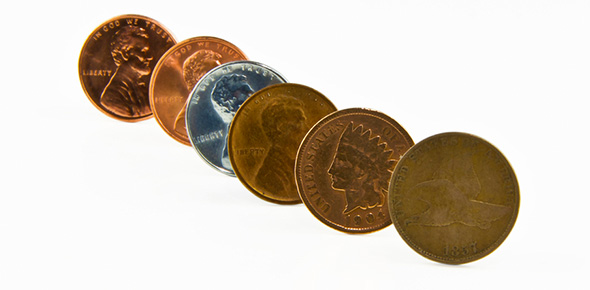Related Flashcards
Related Topics
Cards In This Set
| Front | Back |
|
What is a behavioural adaptation?
|
Aspect of a bahviour of an organism that helps it to survive in the conditions that it lives in
|
|
Give 2 examples of a behavioural adaptation
|
Earthworm: Retracts to burrow if touched
|
|
What is a physiological adaptation?
|
Ensures the correct functioning of cell processes
|
|
Give 4 examples of a physiological adaptation
|
Marram Grass are able to roll leaves in conditions with low H2O:
|
|
What is an Anatomical Adaptation?
|
A structure that enhances the survival of an organism
|
|
Give 4 examples of an anatomical adaptation
|
Long roots- reach H2O that is deep underground Curled leaves: Reduces SA exposed to wind, traps air inside
|





